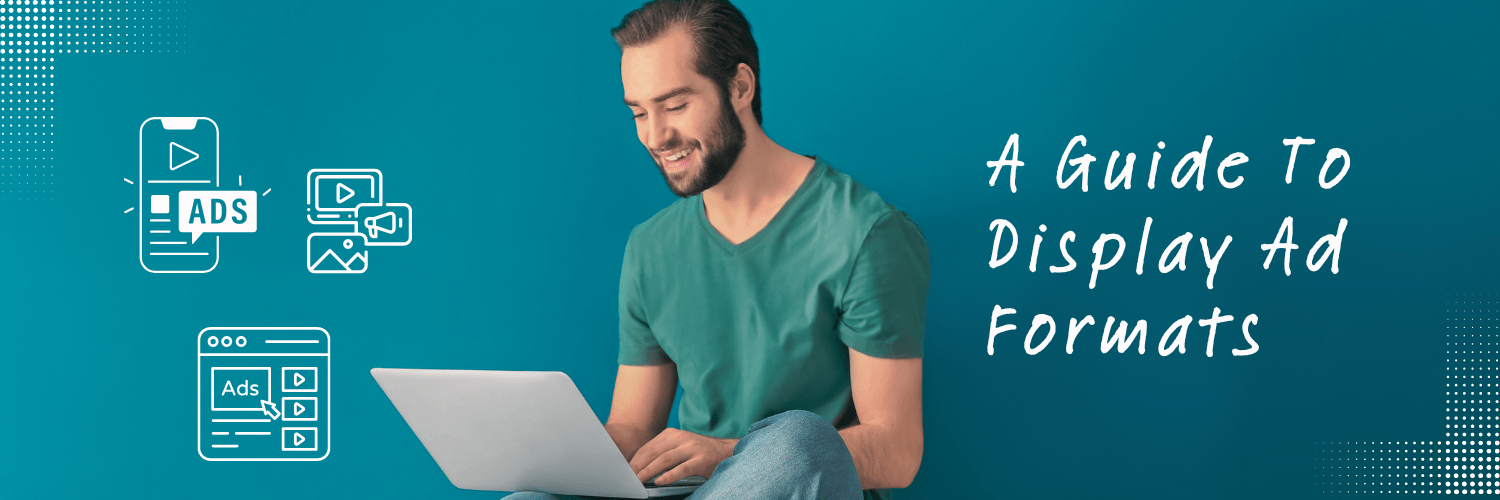
Display advertising is a cornerstone of digital marketing, reaching users across websites and apps. But display ads come in many shapes and sizes, each with its own strengths. Understanding these formats allows you to tailor your ad strategy for maximum impact. So, let’s delve into more than 10 types of display ads and how they can elevate your campaigns:
1. Banner Ads: These are the classic rectangles that grace websites. Simple and cost-effective, they come in various sizes (leaderboard, skyscraper, medium rectangle) and are ideal for brand awareness or promoting simple messages.
Benefits:
Use them for: Building brand awareness, promoting special offers, or driving simple calls to action (CTAs) like visiting your website.
2. Rich Media Ads: Taking display ads a step further, rich media incorporates multimedia elements like animation, audio, and video. This creates a more engaging experience, grabbing user attention and allowing for more complex storytelling.
Benefits:
Use them for: Showcasing products in detail, explaining complex features, or running interactive campaigns to boost engagement.
3. Native Ads: These ads blend seamlessly with the surrounding content, often on social media feeds or article recommendations. They are less disruptive and can be highly effective for promoting content or products that align with the user’s interests.
Benefits:
Use them for: Driving targeted traffic to your website, promoting blog posts or articles, and generating leads for specific products or services.
4. Expandable Ads: These banner ads start small but expand to reveal more content (images, videos, forms) when clicked or hovered over. They offer more real estate for your message without overwhelming users initially.
Benefits:
Use them for: Promoting products with multiple features, showcasing special offers with additional details, or capturing leads with forms within the expandable section.
For more useful content on digital marketing read our blog here.